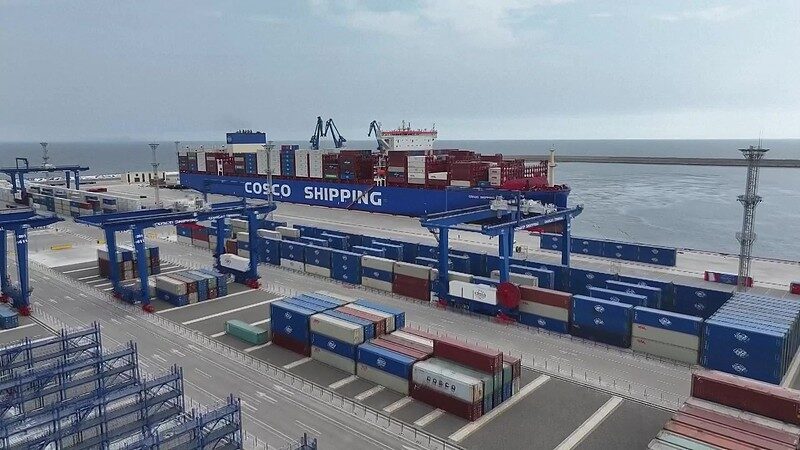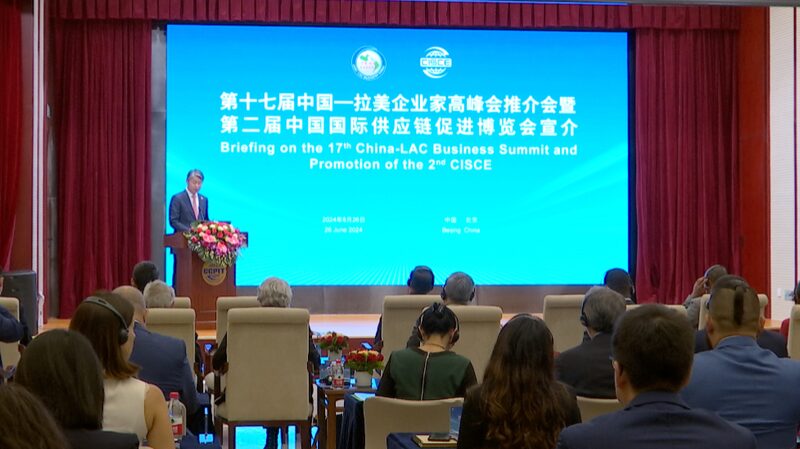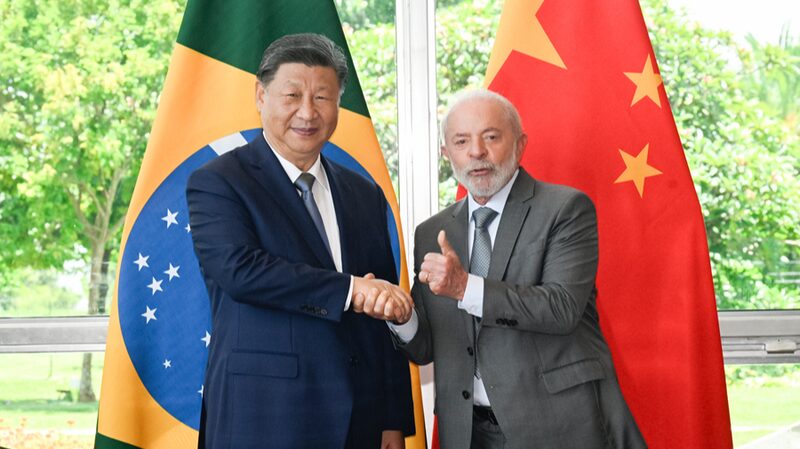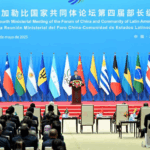For 20 years, China and Latin America have forged strong economic ties, marked by a series of free trade agreements that have significantly boosted bilateral trade and enriched the lives of people on both sides.
In recent years, Chinese President Xi Jinping has charted a new blueprint for building a China-Latin America and the Caribbean (LAC) community with a shared future. This initiative has ushered the China-LAC relationship into a new era defined by equality, mutual benefit, innovation, openness, and a focus on people-centered benefits.
Expansion of Free Trade Agreements
Since 2005, China has signed and implemented five free trade agreements with LAC countries: Chile, Peru, Costa Rica, Ecuador, and Nicaragua. Notably, the agreements with Ecuador and Nicaragua were concluded during China's 14th Five-Year Plan period (2021-2025). Negotiations are also underway with Honduras and El Salvador, signaling China's expanding \"circle of friends\" in the region.
These agreements reflect the high standards required of modern free trade agreements. The China-Chile and China-Peru agreements have been upgraded in recent years, enhancing their scope and impact. In August 2023, China signed a free trade agreement with Nicaragua, marking its first use of a negative list approach to open up cross-border trade in services and investment.
Fruitful Outcomes and Economic Growth
The free trade agreements have yielded remarkable results, boosting trade growth and benefiting enterprises and people in both China and Latin America.
- China-Chile: Since the agreement took effect in 2006, bilateral trade reached $61.66 billion in 2024, an 8.6-fold increase from 2006. Chilean wine and cherries have become popular in China, while Chinese products have gained traction in Chile.
- China-Peru: After the agreement's implementation in 2010, trade between the two nations grew to $43.36 billion in 2024, a sevenfold increase. Peruvian blueberries, grapes, avocados, and squid have successfully entered the Chinese market, while Chinese smartphones, toys, and vehicles are well-received in Peru.
- China-Costa Rica: Since the agreement took effect in 2011, trade increased to $7.76 billion in 2024, marking a 36.1% year-on-year increase. China's imports from Costa Rica grew by 50.1%, highlighting the promising prospects for enhanced cooperation.
The agreements that came into force in 2024 have also delivered impressive results:
- China-Nicaragua: Effective from January 1, 2024, bilateral trade grew by 46.8% year-on-year. Chinese exports to Nicaragua rose by 40.8%, while imports from Nicaragua surged by 218.3%. Nicaraguan sugar, lobster, shrimp, and cotton yarn have seen rapid growth in exports to China.
- China-Ecuador: Starting on May 1, 2024, China's imports from Ecuador reached $5.78 billion by December, a 10.1% increase over the same period in 2023. Ecuadorian products like frozen squid, lobster, and coffee have gained popularity in China.
- China-Honduras: Under the early harvest arrangement of their free trade agreement, Honduran white shrimp successfully entered the Chinese market. Meanwhile, Hondurans enjoy Chinese tilapia at more affordable prices.
A Shared Future of Continued Collaboration
Looking ahead, China and LAC countries are poised to deepen their economic cooperation further. As China's market continues to open up, more opportunities will arise for Latin American countries. The two sides are committed to strengthening free trade cooperation, ensuring that these agreements deliver even greater benefits to their peoples.
Standing at a new historical starting point, both regions aim to make solid progress in building a China-LAC community with a shared future, steering the ship of friendship toward an even brighter horizon.
Reference(s):
cgtn.com








